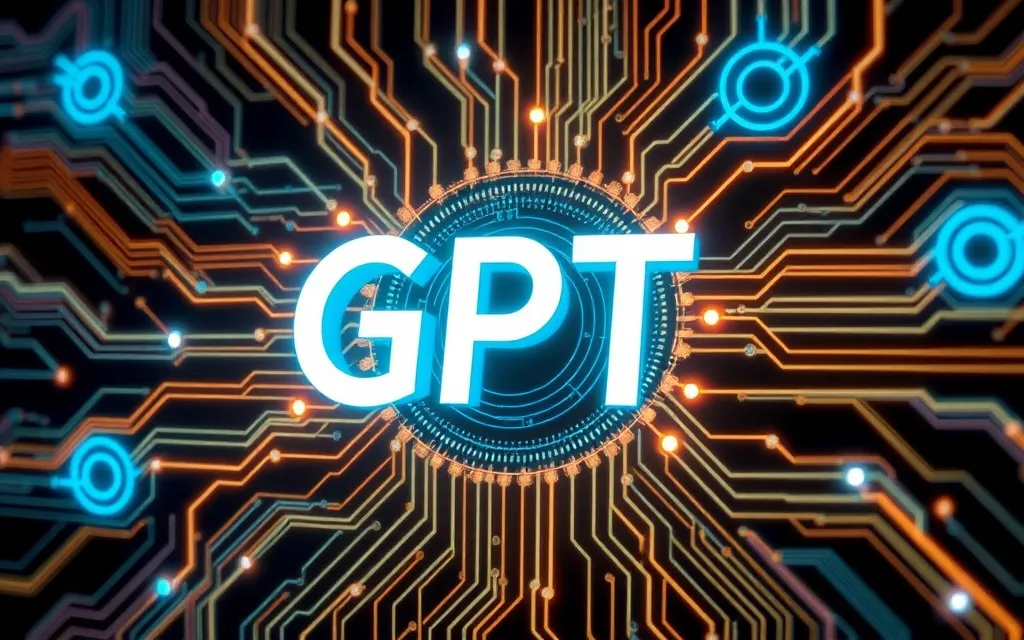
2024-11-28T04:00:00+00:00
The rapid evolution of artificial intelligence (AI) has catalyzed revolutionary changes in a multitude of industries. At the heart of these innovations stands a powerful technology: the Generative Pre-trained Transformer, or GPT. This groundbreaking technology serves as the cornerstone of modern AI, reshaping the future of machine learning and artificial intelligence with unprecedented capabilities.
The Birth of GPT marked a paradigm shift in AI. It's a dynamic family of large language models developed by OpenAI, which relies on cutting-edge neural networks. These models are engineered to mimic human text processing and generation. "Generative" refers to the model's ability to produce original content, "Pre-trained" underscores its extensive training on vast data libraries, and "Transformer" describes its deep learning architecture adept at processing input sequences in parallel, crucial for natural language processing (NLP).
Introduced in 2018, GPT-1 was the inception of this remarkable journey. Subsequent iterations, culminating in the advanced GPT-4 and GPT-4o, continually enhanced parameter efficiency and capability, enabling more sophisticated tasks like conversations, language translations, and data analysis with previously unseen precision.
GPT's versatility is its biggest strength, driving significant advances across various sectors. Conversational agents such as ChatGPT now offer near-human interactions. In content creation, personalized marketing, education, and even healthcare, GPT's ability to understand and generate coherent, context-rich text sets it apart as a vital tool in modern technological ecosystems.
The latest breakthrough, GPT-4o, expands its legacy by accepting multimodal inputs (text, audio, visual) and processing them with exceptional speed and minimal latency. This quantum leap enhances user experiences in applications like virtual tutors, real-time translators, and intelligent customer service systems.
Transformers are the DNA of GPT technology. Ditching traditional sequential models, transformers utilize self-attention mechanisms to prioritize relevant aspects of input data, enhancing language understanding and content generation. This architecture endows GPT with an ability to deliver outputs that are not only coherent but also contextually accurate.
GPT’s intelligence stems from its training regimen, absorbing intricate nuances from extensive text data libraries. By building this contextual awareness, GPT excels at predicting and generating subsequent words in a sequence, producing intelligent narratives or responses.
From crafting captivating content to facilitating dynamic conversations, GPT's generative prowess places it at the pinnacle of AI innovation, influencing both academic research and practical, everyday applications.
Looking ahead, GPT remains poised to shape the digital interface of tomorrow. Each iteration, from GPT-3.5 to the sophisticated GPT-4o, renders the models faster, more adaptable, and even more efficient. While the path is not without its challenges, such as ethical considerations and substantial resource needs, the advantages in streamlining operations and enriching user experiences are limitless.
As AI and machine learning become indispensable to society, understanding GPT becomes more critical than ever. By leveraging Generative Pre-trained Transformers, we can unlock further potential, explore new technological frontiers, and transform the very fabric of everyday interactions. How will you harness the power of GPT to revolutionize your field? Share your thoughts and let's continue the conversation on this exciting frontier of AI!